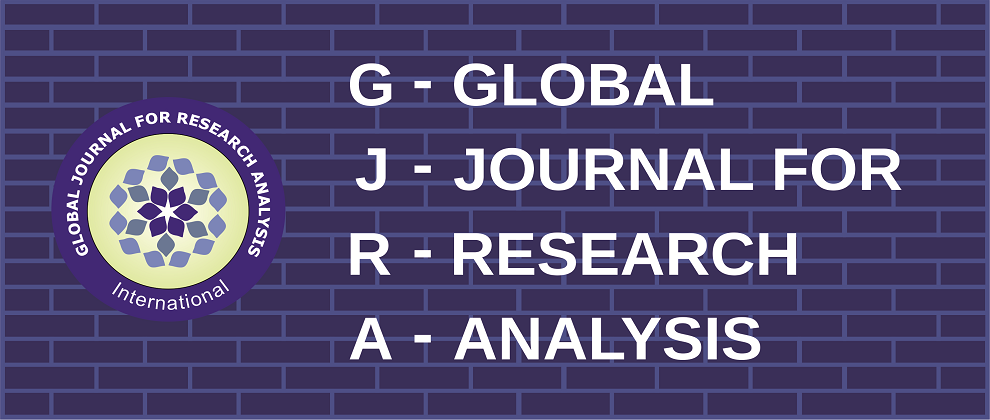Volume : IX, Issue : V, May - 2020
Clinico-pathological analysis of hysterectomies after failed medical management in a peripheral medical college-A retrospective study.
Sima Biswas, Bivas Bala
Abstract :
Aims & objective: To correlate & evaluate the indication, demographic features, clinical presentation, intraoperative findings, different types of operation & histopathological diagnosis of patients who underwent hysterectomy after unsuccessful medical management. Materials & methods: This retrospective study done over 3 years from march 2017 to Feuary 2020 in department of Obstetrics & Gynaecology of Rampurhat Govt. Medical college, West Bengal India. Case record & data of each patient was obtained from medical record section of the hospital and analyzed. Inclusion criteria: Those underwent hysterectomy for Gyanecological indications after unsuccessful medical management. Exclusion criteria: Hysterectomy for emergency condition like obstetric hysterectomy. Result: During the study period 424 cases of hysterectomies were done, maximum (80.42%) with Abdominal route & 19.58% cases via vaginal approach. Total abdominal hysterectomy with bilateral salpingo-ophorecctomy 273 cases (64.40%), vaginal hysterectomy with pelvic floor repair 58 (13.68%), total abdominal hysterectomy without oophorectomy 51 (12.02%), radical hysterectomy 17(4.00%). Maximum patients (64.63%) underwent hysterectomy at the age group of 41 to 50 yrs. Menorrhagia was commonest (61.32%) presenting complain. Leiomyoma was most common (27.12%) indication followed by abnormal uterine bleeding (22.17%), pelvic organ prolapses (11.57%). Dominant histopathological type was Leiomyoma (22.88%). Correlation of clinical diagnosis & histopathological finding were 92%. Among various post-operative complication urinary tract infection was most common (9.19%), Most of the post-operative complication was found in abdominal hysterectomy. Conclusion: For treating pelvic pathologies like uterine bleeding, adenomyosis, fioid, pelvic inflammatory disease, malignant disorder & genital prolapse hysterectomy is preferred procedure & abdominal route was most preferable route. Complication of vaginal hysterectomy is less than abdominal approach. Vaginal approach should be preferable approach.
Keywords :
Article:
Download PDF
DOI : https://www.doi.org/10.36106/gjra
Cite This Article:
CLINICO-PATHOLOGICAL ANALYSIS OF HYSTERECTOMIES AFTER FAILED MEDICAL MANAGEMENT IN A PERIPHERAL MEDICAL COLLEGE-A RETROSPECTIVE STUDY., SIMA BISWAS, BIVAS BALA GLOBAL JOURNAL FOR RESEARCH ANALYSIS : Volume-9 | Issue-5 | May-2020
Number of Downloads : 790
References :
CLINICO-PATHOLOGICAL ANALYSIS OF HYSTERECTOMIES AFTER FAILED MEDICAL MANAGEMENT IN A PERIPHERAL MEDICAL COLLEGE-A RETROSPECTIVE STUDY., SIMA BISWAS, BIVAS BALA GLOBAL JOURNAL FOR RESEARCH ANALYSIS : Volume-9 | Issue-5 | May-2020


 MENU
MENU


 MENU
MENU






